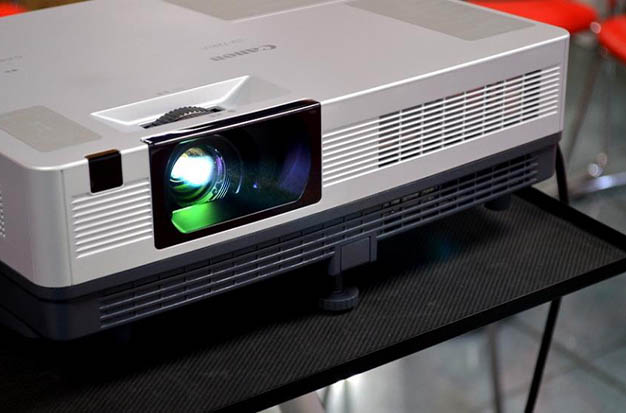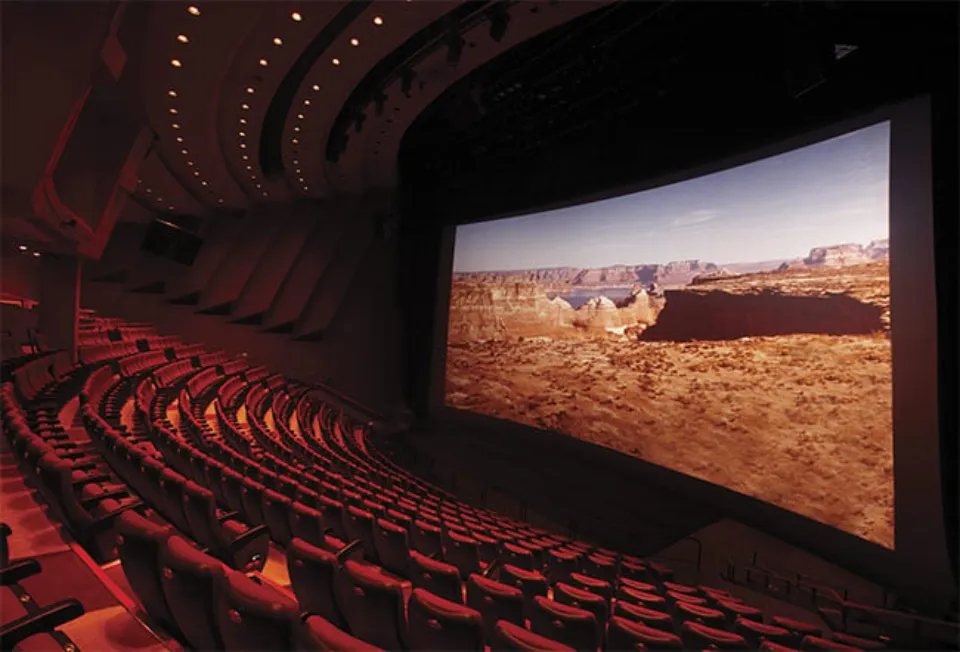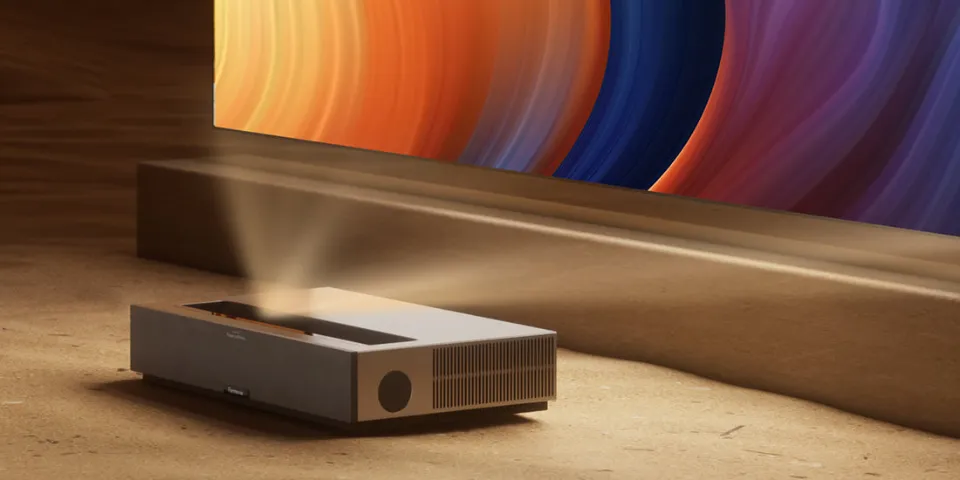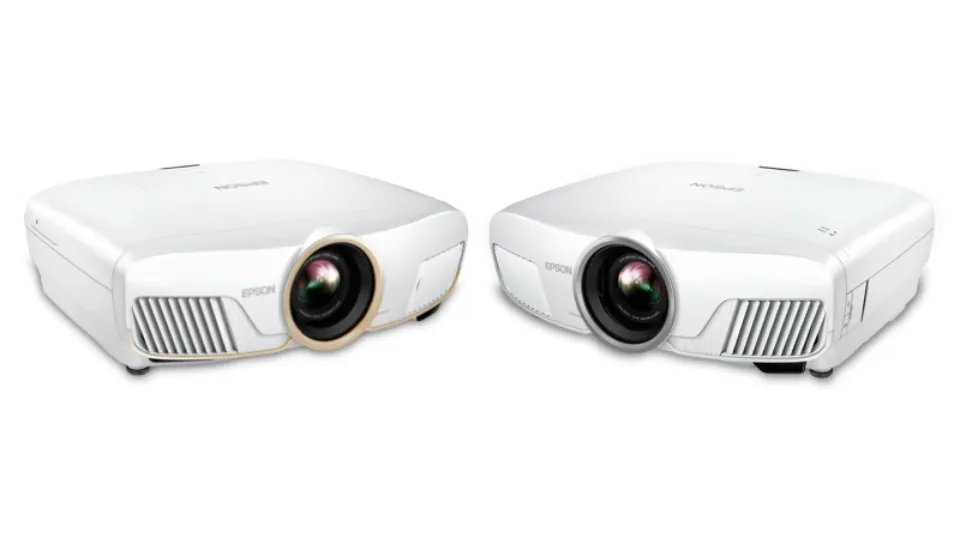Ever tried to purchase a projector? If so, you already know that choosing the most well-known brand or the most affordable model is not always the best option. You must take into account factors like throw, brightness, resolution, accessories, and remote control (yes, not every model has one).
Throw? Who throws? You’ll benefit from reading this post if you haven’t heard of this one yet. You might want to know the differences between short throw and long throw projectors so you can get the precise model you require.
Table of Contents
What is a Throw?
The majority of people are unaware of what a throw is, which is very acceptable. Throws are rarely seen by customers because they are not the projector’s most prominent features—unless, of course, you turn it on in the store.
The throw is the distance the projector needs to travel in order to “throw” an image onto the wall or screen. The short throw, long throw, and ultra-short throw are the three different sorts of throws. Usually, you can determine what sort of toss it is by looking up the model number of the appliance. It is most likely a short throw if the last letter is “ST.” The throw letters aren’t always present, so take caution.
What Is Short Throw Projector?
Short throw projectors are easily defined. A projector is said to be a short throw if it can display an image of 100″ at a distance of fewer than 9 feet or 3 meters. Regular throw projectors are those that require more than 9 feet or 3 meters to deliver an image that is 100″ in size. Throw distance is classified in this way, although throw ratio is another consideration. The throw distance divided by the image size results in that. Or, to put it another way, how much space is required for each foot of the screen. The typical throw ratio for projectors used to be 2, however, more recent versions can perform better.
We can use the TK700 and TK700STi gaming projectors from BenQ’s line of projectors as examples of low throw ratio devices. The TK700 has a throw ratio of 1.1 to 1.3 and requires 8.2 feet meters for 100″ displays, however, the TK700STi performs even better with a throw ratio of 0.9 to 1.0 and only requires 6.5 feet meters for 100″ displays.
As a result, BenQ’s high-performance gaming projectors are made with short throw distances and low throw ratios, and its TK700 and TK700STi models even feature genuine 4K HDR and low input latency. Unlike projectors for general use or home theater, they are designed specifically for gaming in a variety of settings. Short throw makes it possible and even preferable to set up in smaller locations, which makes large picture format gaming accessible to more consumers.
What’s The Difference Between Short Throw And Long Throw Projectors?
Simply said, how far away from the screen you place a short throw projector or a long throw projector makes a difference. Short throw projectors are designed to be placed closer to a projection surface than long throw projectors.
Short throw projectors include a chip that alters the geometry of the image they project so the angled projection looks like a normal rectangle on the projection surface because they are meant to be placed closer to the screen they project onto.
Short throw projectors produce more heat than their long throw counterparts as a result of this additional processing.
Long throw projectors are at peak performance long distances away from the screen they are projecting onto. This can be an advantage if you have a large home theater environment or if the power source is a distance from where you want your projection surface to be.
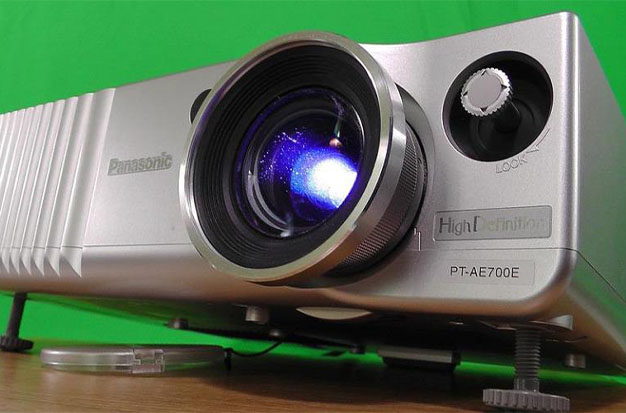
Short Throw Projectors
The throw ratio of a short throw projector ranges from 0.4 to 1. This implies that the projected image’s width will rise by between 1 and 2.5 feet for every foot the projector is moved away from the projection surface. Divide one by the throw ratio to derive the scaling factor.
Pros
The benefits of owning a short throw projector are numerous. A short throw projector will firstly save you room. A four-foot wide screen can be projected at just 1’7″ from the projection surface with short throw projectors that have a throw ratio of 0.4. This means there won’t be any obnoxious shadows when people watching get up to use the restroom.
Short throw projectors can be perfect for projecting from behind a screen because they can do it from such close ranges, which reduces the chance that the projector will be knocked by someone passing by.
Cons
Short throw projectors can grow warm because of the additional processing needed to turn rectangular images into trapezoids capable of projecting a rectangle at an angle. In order to cool the device down, inbuilt fans turn on and make noise.
Additionally, projecting on an uneven surface will result in more image warping than one may obtain from a long throw projector because the projector warps the image to be projected at a specific angle.
Long Throw Projectors
Due to their longer throw distances, long throw projectors will always produce images that are narrower than their distance from the screen. Compared to short throw projectors, this has a number of benefits but also some drawbacks.
Pros
Long throw projectors are a great option when the screen is not close to the power source since, as their name suggests, they can project images across greater distances. If people are walking closer to the screen in your room, they can also be a useful resource.
A long throw projector will provide less image distortion if positioned on an uneven surface when projecting outdoors. Similarly, projecting onto an uneven surface is acceptable.
Given comparable other parameters, long throw projectors are typically less expensive since they don’t require the same geometric picture transformation as short throw projectors do.
Cons
Shadows from humans (and possibly wildlife) blocking the screen are likely the most unpleasant aspect of projectors in general, but long throw projectors in particular. Long throw projectors are especially susceptible to obstruction since they are designed to display across such a wide area.
Long-throw projectors take up a significant amount of a home theater room’s useful space when used as a backlight. Long-throw projectors are also more prone to glare due to the projector’s tilt, which can be corrected with additional keystone corrections (see guide).
Which Is Better for You?
Whether you enjoy watching movies sometimes or prefer to binge, a projector is a great investment. There is a projector to fit any area thanks to the excellent replacement they provide for large-screen televisions. Significantly lamp-based projectors have an excellent lifespan, and if you choose a laser, the product’s lifespan will be even longer. They will also survive for a very long period.
Before you click the “buy” button on your perfect projector, there are additional things you should think about. You should start by considering sound. The speakers that come with most televisions and projectors are typically not up to par for everyday use, let alone when you’re settling in to watch your favorite blockbuster. So when you install your projector, consider the sound system you’ll employ. It would be beneficial if you also considered how you would provide the projector with entertainment. Will you use a smart streaming gadget or your cable box? Make sure the projector you purchase has the appropriate outlets for however you intend to view your information.
Which one is best for you truly depends on your living space and your preferred visual quality. It is important to balance your tastes when selecting a projector, and this will depend on your own preferences. There is only the ideal home theater setup for you; there isn’t a perfect way to do it.
Conclusion
The projector you select will ultimately depend on the aspects that are significant to you. There is a projector that may help you achieve your goals, whether you want a specific screen size or you want your viewing area to be in a specific location in the room.
Long throw projectors are not inherently superior to short throw projectors just because they cost more, despite there being a price difference. They serve different purposes, and the short throw projector’s higher price is a result of the sophisticated technology required to alter the projected image.
You can’t go wrong with any projector as long as it provides the theater-quality experience you want. Find the ideal projector for you by determining your priorities.

